Have you ever noticed your dog scooting their bottom along the ground or excessively licking their rear end? These could be signs that your furry friend needs their anal glands expressed. While not the most glamorous topic, understanding how to properly express a dog’s anal glands is essential for their health and comfort. In this comprehensive guide, we’ll delve into everything you need to know about anal gland expression in dogs, from what it is and why it’s necessary to how to do it safely and when to seek professional help.
Contents Overview
What are Anal Glands?
Anal glands, also known as anal sacs, are small sacs located on either side of a dog’s anus. They contain a smelly fluid that is normally expelled during bowel movements or when a dog is excited or frightened. This fluid helps dogs mark their territory and communicate with other dogs through scent.
Why is Anal Gland Expression Necessary?
Anal gland expression in dogs is necessary to maintain their comfort, health, and overall well-being. These small sacs, located on either side of a dog’s anus, play a crucial role in their bodily functions and behavior. Here’s why anal gland expression is necessary and why it’s important to ensure they are properly maintained:
- Prevention of Discomfort and Pain: When anal glands become full and fail to empty properly, it can lead to discomfort and even pain for your dog. The fluid inside the anal glands can become thick and impacted, causing pressure to build up. This pressure can result in irritation, inflammation, and even infection in the surrounding tissues.
- Prevention of Infections: If the anal glands are not expressed regularly, the stagnant fluid inside them creates an ideal environment for bacteria to thrive. This increases the risk of bacterial infections, such as anal gland abscesses. These painful and potentially serious infections require veterinary intervention and can cause significant discomfort for your dog.
- Prevention of Behavioral Issues: Dogs may exhibit various behavioral issues if they are experiencing discomfort or irritation due to full anal glands. These behaviors can include scooting or dragging their bottom along the ground, excessive licking or biting at the rear end, and signs of agitation or discomfort during bowel movements. Addressing the underlying issue by expressing the anal glands can help alleviate these behavioral problems.
- Promotion of Normal Bowel Function: Properly functioning anal glands contribute to the normal functioning of a dog’s bowel movements. The fluid secreted by the anal glands serves as a lubricant that helps stool pass through the rectum more easily. When the anal glands are full, this lubricating function is compromised, potentially leading to difficulties with defecation and constipation.
- Maintenance of Hygiene: Full anal glands can emit a foul odor that is unpleasant for both dogs and their owners. By expressing the anal glands regularly, you can help minimize the odor associated with anal gland secretions, thus maintaining a cleaner and more hygienic environment for your dog and your home.
Overall, regular anal gland expression is essential for preventing discomfort, pain, infections, and behavioral issues in dogs. It promotes normal bowel function, maintains hygiene, and ensures the overall well-being of your furry companion. By staying attentive to your dog’s anal gland health and addressing any issues promptly, you can help keep them happy, healthy, and comfortable.
Signs Your Dog Needs Their Anal Glands Expressed
Recognizing the signs that your dog needs their anal glands expressed is crucial for maintaining their comfort and health. While some dogs may naturally express their anal glands during bowel movements, others may require assistance to prevent complications. Here are the key signs that indicate your dog may need their anal glands expressed:
- Scooting or Dragging Their Bottom: One of the most common signs that your dog’s anal glands need attention is when they repeatedly scoot or drag their bottom along the ground. This behavior is often a result of discomfort or irritation caused by full or impacted anal glands. By scooting, dogs attempt to relieve the pressure or itchiness in their anal area.
- Excessive Licking or Biting at the Rear End: Another telltale sign of anal gland issues is when a dog excessively licks or bites at their rear end. They may focus their attention on the area around the anus, indicating discomfort or a desire to alleviate irritation caused by full anal glands. Persistent licking or biting can lead to further inflammation and skin problems if left unaddressed.
- Foul Odor Emanating from the Anal Area: Full or infected anal glands can emit a strong, foul odor that is often described as fishy or musky. This odor may be noticeable even from a distance and can linger on surfaces where your dog sits or lies down. If you detect an unpleasant smell coming from your dog’s anal area, it’s a sign that their anal glands may need to be expressed.
- Signs of Discomfort or Pain: Dogs experiencing anal gland issues may exhibit signs of discomfort or pain, especially when sitting or defecating. They may whine, whimper, or exhibit restless behavior, indicating that they are experiencing discomfort in their anal area. Some dogs may even exhibit aggression or reluctance to be touched around their rear end due to pain.
- Visible Swelling or Redness: In more severe cases, you may notice visible swelling, redness, or inflammation around your dog’s anal area. This can be a sign of an anal gland abscess or infection, which requires immediate veterinary attention. If you observe any abnormalities or changes in your dog’s anal region, it’s essential to have them examined by a veterinarian promptly.
How to Express Your Dog's Anal Glands Safely
Expressing your dog’s anal glands safely is essential to ensure their comfort and prevent complications. While it may seem daunting at first, with the right technique and approach, you can safely and effectively express your dog’s anal glands at home. Here’s a step-by-step guide to help you perform anal gland expression safely:
- Gather Supplies:
- Disposable gloves to protect your hands from contact with anal gland secretions.
- Mild cleanser or pet-safe wipes to clean the anal area.
- Tissues or paper towels for cleanup.
- Prepare Your Dog:
- Choose a quiet and comfortable area for the procedure, preferably where your dog feels relaxed.
- Have your dog stand or lie down in a comfortable position. You may need another person to help restrain your dog if they are anxious or fidgety.
- Locate the Anal Glands:
- Gently lift your dog’s tail to expose the anus.
- Identify the two small openings on either side of the anus, where the anal glands are located. These openings may appear as small bumps or pores.
- Express the Glands:
- Put on disposable gloves to protect your hands.
- Using your index finger and thumb, apply gentle pressure to the area around each anal gland, moving in an upward and inward motion towards the center of your dog’s body.
- Be careful not to apply too much pressure or squeeze too forcefully, as this can cause discomfort or injury to your dog.
- You may feel a small amount of fluid being released from the anal glands. Continue applying gentle pressure until both glands have been expressed.
- Clean Up:
- Use tissues or paper towels to wipe away any discharged fluid from the anal area.
- Cleanse the area around the anus with a mild cleanser or pet-safe wipes to remove any remaining residue and help prevent infection.
- Dispose of used gloves and tissues properly to avoid contamination.
- Provide Positive Reinforcement:
- Offer your dog praise and treats after the procedure to reward them for their cooperation and help create a positive association with anal gland expression.
- Monitor for Signs of Discomfort:
- After expressing your dog’s anal glands, monitor them for any signs of discomfort, irritation, or unusual discharge.
- If your dog shows signs of pain or discomfort, or if you notice any abnormalities in the anal area, consult with your veterinarian for further evaluation and treatment.
When to Seek Professional Help
While expressing your dog’s anal glands at home is generally safe, there are instances where professional assistance may be necessary:
- If you’re unsure how to properly express the glands.
- If your dog shows signs of pain or discomfort during the process.
- If your dog has a history of anal gland issues or infections.
- If you notice any unusual swelling, redness, or discharge from the anal area.
Preventative Measures
Taking preventative measures is key to maintaining your dog’s anal gland health and reducing the likelihood of anal gland issues. By implementing these strategies, you can help promote regular anal gland function and minimize the risk of discomfort, irritation, and infection. Here are some preventative measures to consider:
- Feed a High-Fiber Diet:
- A diet rich in fiber can help promote regular bowel movements, which in turn aids in the natural expression of anal glands during defecation.
- Choose high-quality dog foods that contain sources of soluble and insoluble fiber, such as fruits, vegetables, and whole grains.
- Consider adding fiber supplements or natural sources of fiber, such as pumpkin or psyllium husk, to your dog’s diet under the guidance of your veterinarian.
- Maintain a Healthy Weight:
- Obesity can contribute to anal gland issues by putting excess pressure on the anal glands and surrounding tissues.
- Ensure your dog maintains a healthy weight through proper diet and regular exercise.
- Consult with your veterinarian to develop a customized diet and exercise plan tailored to your dog’s individual needs.
- Regular Exercise:
- Regular physical activity helps promote overall digestive health and bowel regularity.
- Incorporate daily walks, play sessions, and interactive games to keep your dog active and engaged.
- Exercise also helps maintain muscle tone, which can aid in the natural expression of anal glands.
- Routine Anal Gland Checks:
- Regularly inspect your dog’s anal area for any signs of swelling, redness, or discharge.
- Monitor your dog’s behavior for signs of discomfort, such as scooting or excessive licking at the rear end.
- If you notice any abnormalities or changes in your dog’s anal gland health, consult with your veterinarian for further evaluation and guidance.
- Regular Grooming:
- Regular grooming can help prevent matting and hair accumulation around the anal area, which can contribute to anal gland issues.
- Keep your dog’s fur trimmed around the anus to reduce the risk of fecal matter becoming trapped and irritating the anal glands.
- Practice good hygiene by cleaning your dog’s anal area during baths or grooming sessions using pet-safe wipes or a mild cleanser.
- Consult with Your Veterinarian:
- Regular wellness exams with your veterinarian are essential for monitoring your dog’s overall health, including their anal gland health.
- Discuss your dog’s anal gland health during veterinary visits and follow any recommendations or treatment plans provided by your veterinarian.
- Your veterinarian may recommend routine anal gland expression as part of your dog’s preventive care regimen, especially for dogs prone to anal gland issues.
Bottom Line
While expressing your dog’s anal glands may not be the most pleasant task, it’s an essential aspect of responsible pet ownership. By understanding the signs that indicate your dog needs their anal glands expressed and knowing how to do it safely, you can help keep your furry friend comfortable and healthy. Always remember to consult with your veterinarian if you have any concerns or questions about your dog’s anal gland health. With proper care and attention, you can ensure your dog’s rear end stays happy and problem-free.

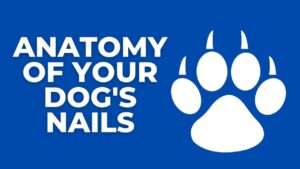
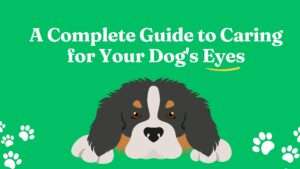
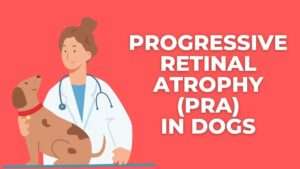

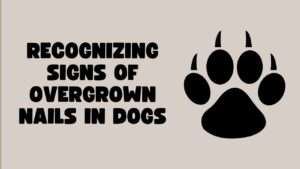

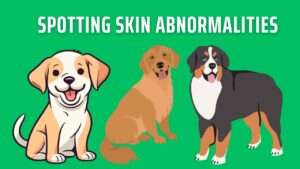
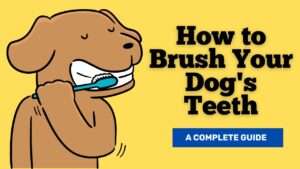
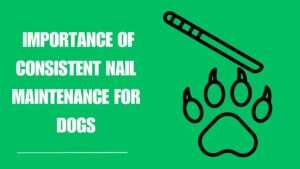
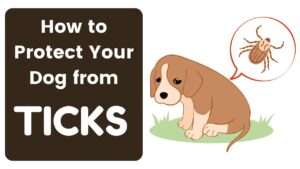

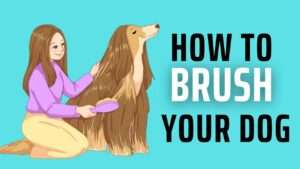
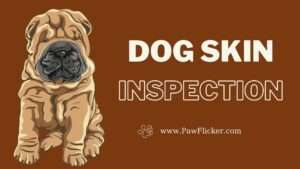
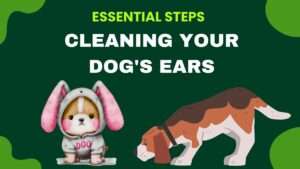
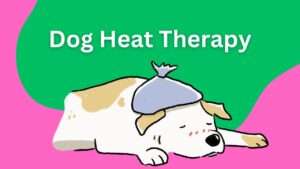
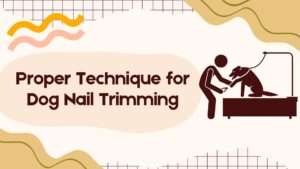
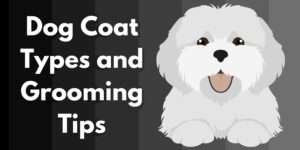

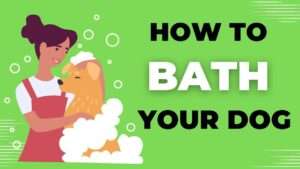
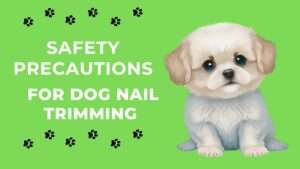

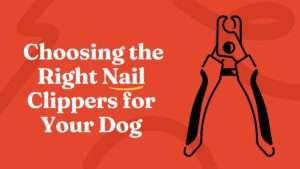








+ There are no comments
Add yours